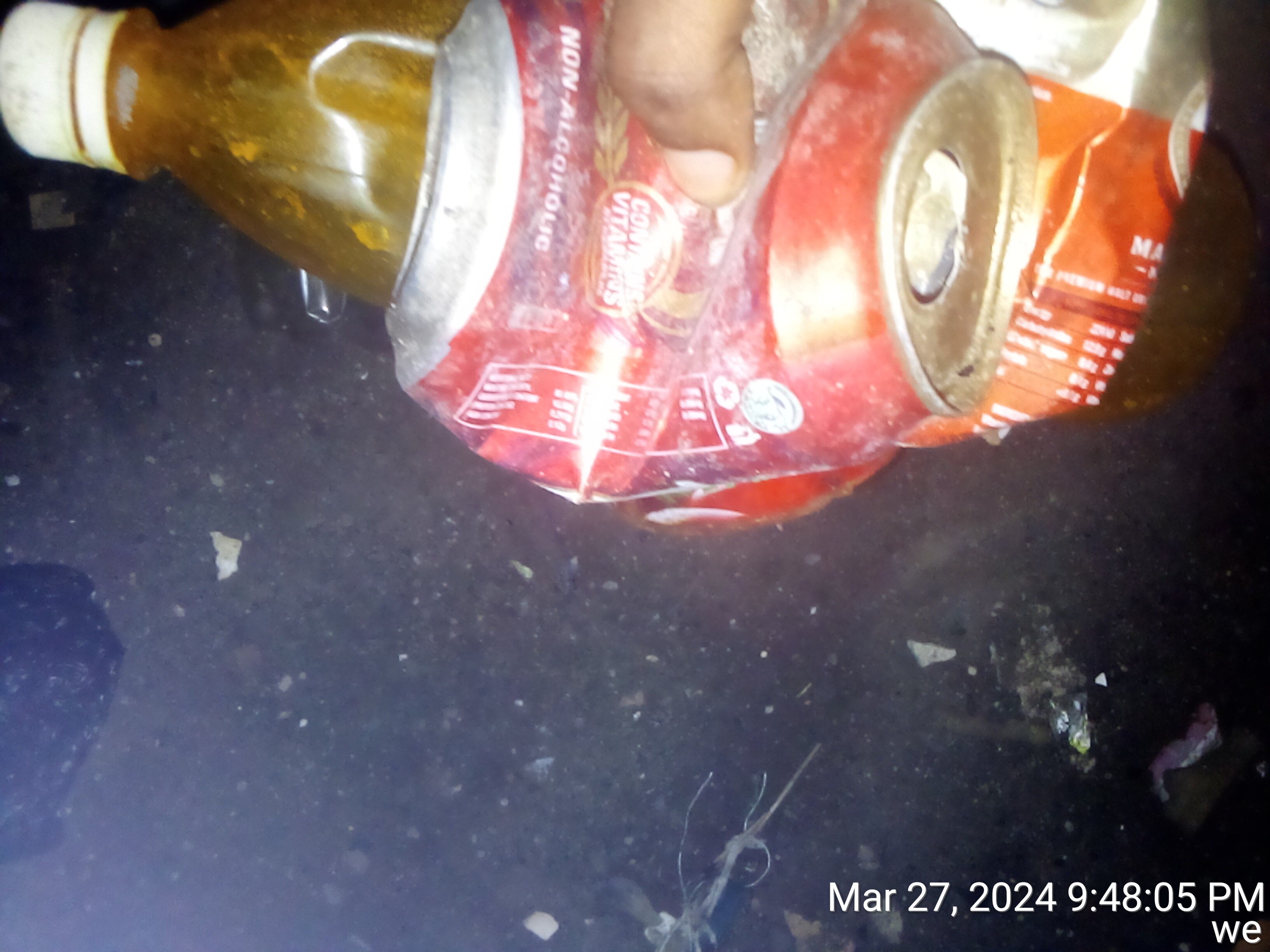My cleanplanet activity on 26/03/2024
Good evening my fellow hivers 🌹, I hope you all had a great wonderful day. So sorry for those who experienced a stressful day. Please make sure you shower and take some rest.
I thank Jehovah for it's a fruitful Tuesday though stressful but today's daily bread have been assured.
Am so happy for one of my patients has been discharged and gone home healthy and hearty. May he remain safe and healthy.
This evening, I'll be carrying my fellow hivers on the disease condition called "TUBERCULOSIS".
MEANING
Tuberculosis is a chronic, deadly, infectious, life-threatening bacterial disease that mostly affect/attack the lungs or the respiratory system.
The bacteria usually attack the lungs, but TB bacteria can attack any part of the body such as the kidney, spine, and brain. Not everyone infected with TB bacteria becomes sick.
Tuberculosis (TB) is an infectious disease that most often affects the lungs and is caused by a type of bacteria. It spreads through the air when infected people cough, sneeze or spit.
CAUSATIVE ORGANISM
Tuberculosis (TB) is caused by a bacterium called Mycobacterium tuberculosis.
SYMPTOMS/CLINICAL MANIFESTATION
People with latent TB infection don’t feel sick and aren’t contagious. Only a small proportion of people who get infected with TB will get TB disease and symptoms. Babies and children are at higher risk.
Certain conditions can increase a person’s risk for tuberculosis disease:
diabetes (high blood sugar)
weakened immune system (for example, HIV or AIDS)
being malnourished
tobacco use.
Unlike TB infection, when a person gets TB disease, they will have symptoms. These may be mild for many months, so it is easy to spread TB to others without knowing it.
Common symptoms of TB:
prolonged cough (sometimes with blood)
chest pain
weakness
fatigue
weight loss
fever
night sweats.
loss of appetite
The symptoms people get depend on where in the body TB becomes active. While TB usually affects the lungs, it also affects the kidneys, brain, spine and skin
DIAGNOSIS
WHO recommends the use of rapid molecular diagnostic tests as the initial diagnostic test in all persons with signs and symptoms of TB.
Rapid diagnostic tests recommended by WHO include the Xpert MTB/RIF Ultra and Truenat assays. These tests have high diagnostic accuracy and will lead to major improvements in the early detection of TB and drug-resistant TB.
A tuberculin skin test (TST) or interferongamma release assay (IGRA) can be used to identity people with infection.
Diagnosing multidrug-resistant and other resistant forms of TB (see multidrug-resistant TB section below) as well as HIV-associated TB can be complex and expensive.
Tuberculosis is particularly difficult to diagnose in children.
TREATMENT
Tuberculosis disease is treated with antibiotics. Treatment is recommended for both TB infection and disease.
The most common antibiotics used are:
isoniazid
rifampin
pyrazinamide
ethambutol
streptomycin.
To be effective, these medications need to be taken daily for 4–6 months. It is dangerous to stop the medications early or without medical advice. This can allow TB that is still alive to become resistant to the drugs.
Tuberculosis that doesn’t respond to standard drugs is called drug-resistant TB and requires more toxic treatment with different medicines.
Multidrug-resistant TB
Drug resistance emerges when TB medicines are used inappropriately, through incorrect prescription by health care providers, poor quality drugs, or patients stopping treatment prematurely.
Multidrug-resistant tuberculosis (MDR-TB) is a form of TB caused by bacteria that do not respond to isoniazid and rifampicin, the 2 most effective first-line TB drugs. MDR-TB is treatable and curable by using second-line drugs. However, second-line treatment options require extensive medicines that are expensive and toxic.
In some cases, more extensive drug resistance can develop. TB caused by bacteria that do not respond to the most effective second-line TB drugs can leave patients with very limited treatment options.
MDR-TB remains a public health crisis and a health security threat. Only about 2 in 5 people with drug resistant TB accessed treatment in 2022.
In accordance with WHO guidelines, detection of MDR/RR-TB requires bacteriological confirmation of TB and testing for drug resistance using rapid molecular tests or culture methods.
In 2022, new WHO guidelines prioritize a 6-month regimen – the BPaLM/BPaL – as a treatment of choice for eligible patients. The shorter duration, lower pill burden and high efficacy of this novel regimen can help ease the burden on health systems and save precious resources to further expand the diagnostic and treatment coverage for all individuals in need. In the past, MDR-TB treatment used to last for at least 9 months and up to 20 months. WHO recommends expanded access to all-oral regimens.
PREVENTION & CONTROL
Tuberculosis is preventable and curable.
About a quarter of the global population is estimated to have been infected with TB bacteria. About 5–10% of people infected with TB will eventually get symptoms and develop TB disease.
Those who are infected but not (yet) ill with the disease cannot transmit it. TB disease is usually treated with antibiotics and can be fatal without treatment.
In certain countries, the Bacille Calmette-Guérin (BCG) vaccine is given to babies or small children to prevent TB. The vaccine prevents TB outside of the lungs but not in the lungs.
Below is my pictures of evidence of today's cleaning exercise.



May we always strive to encourage those processes that build up our planet such as afforestation, avoiding the burning of fossil fuels, avoidance of ai, water and land pollution and encourage daily cleaning exercise of our environment.
No proof of action ?
Pathogens causing tuberculosis can survive in sputum for many days.
Yes